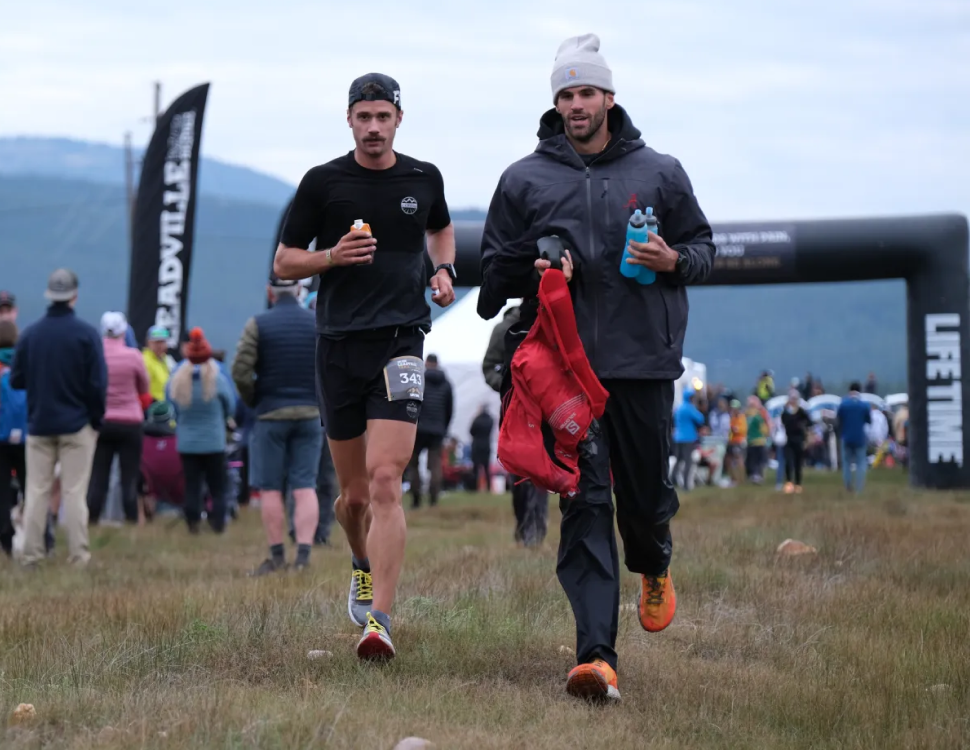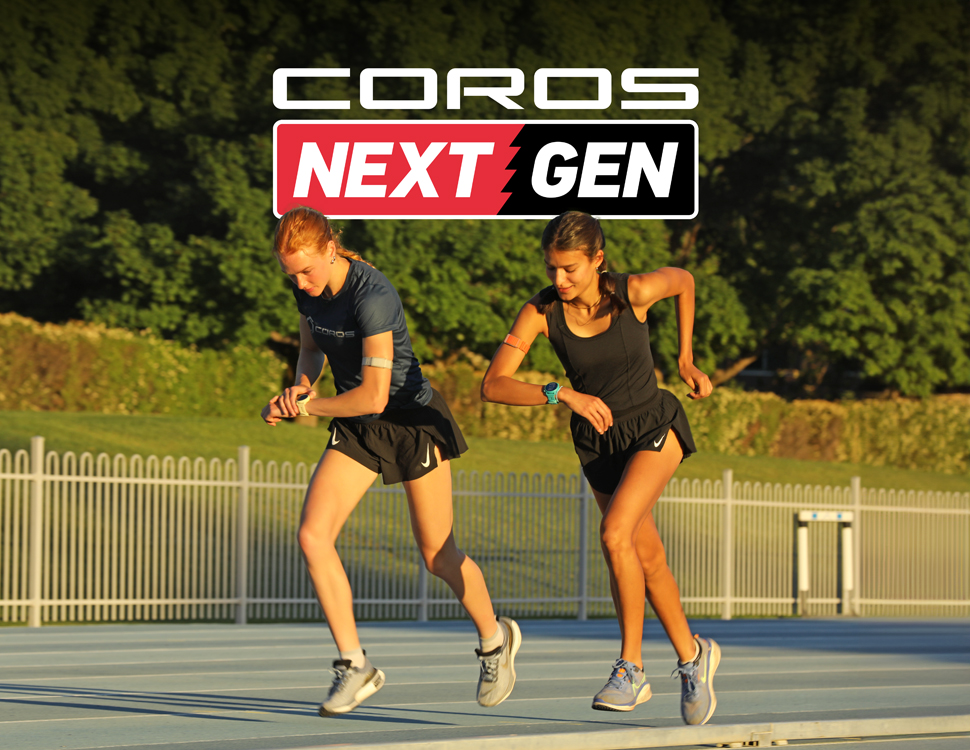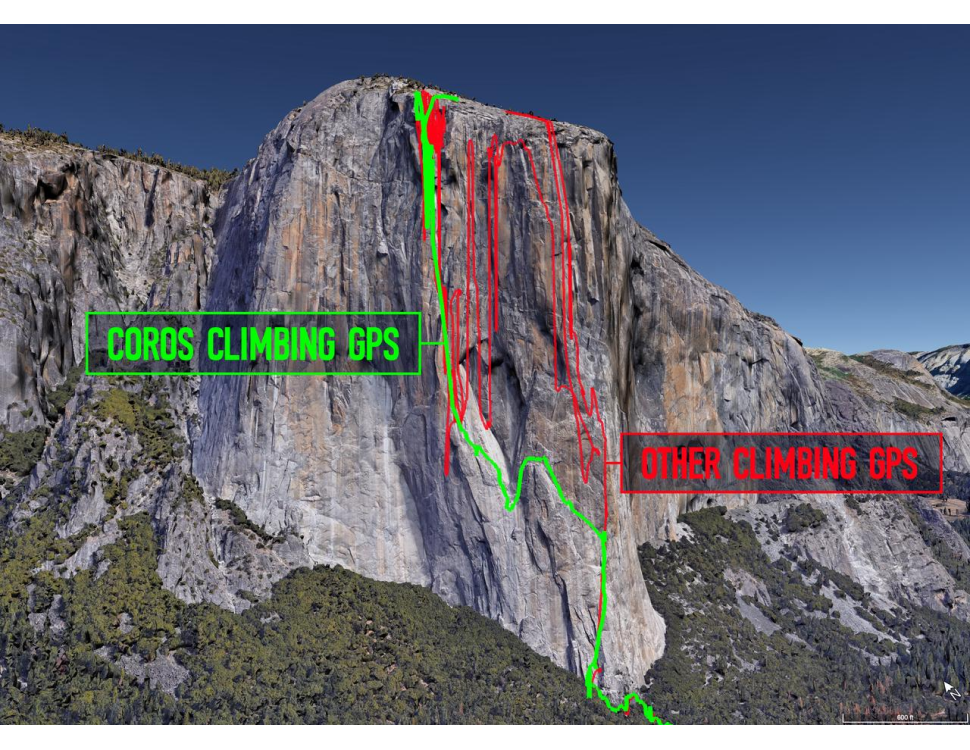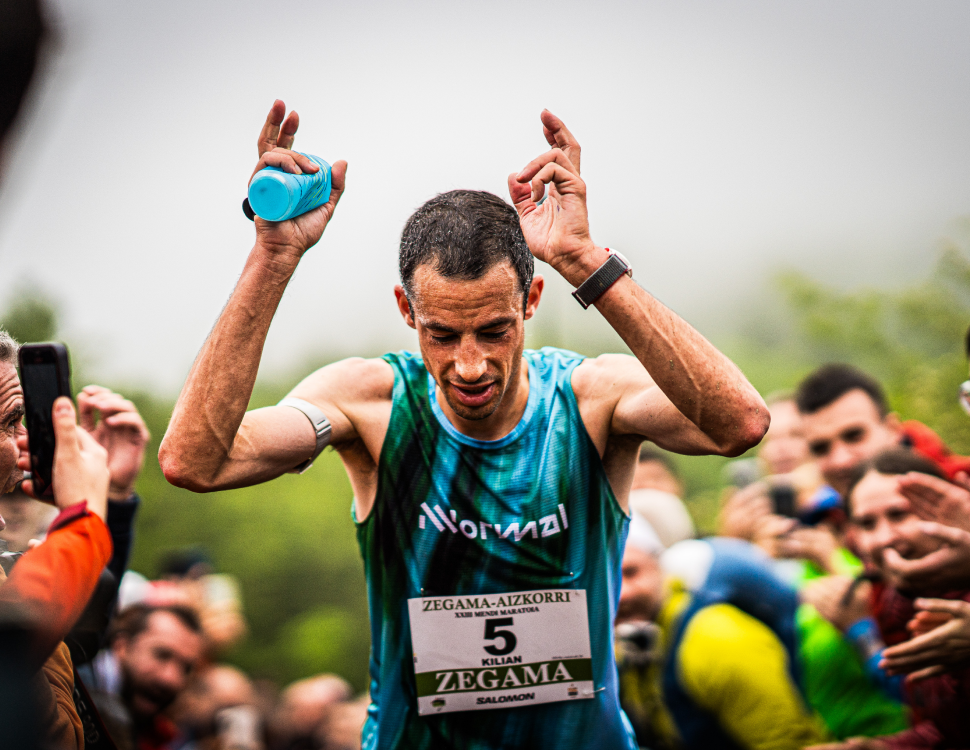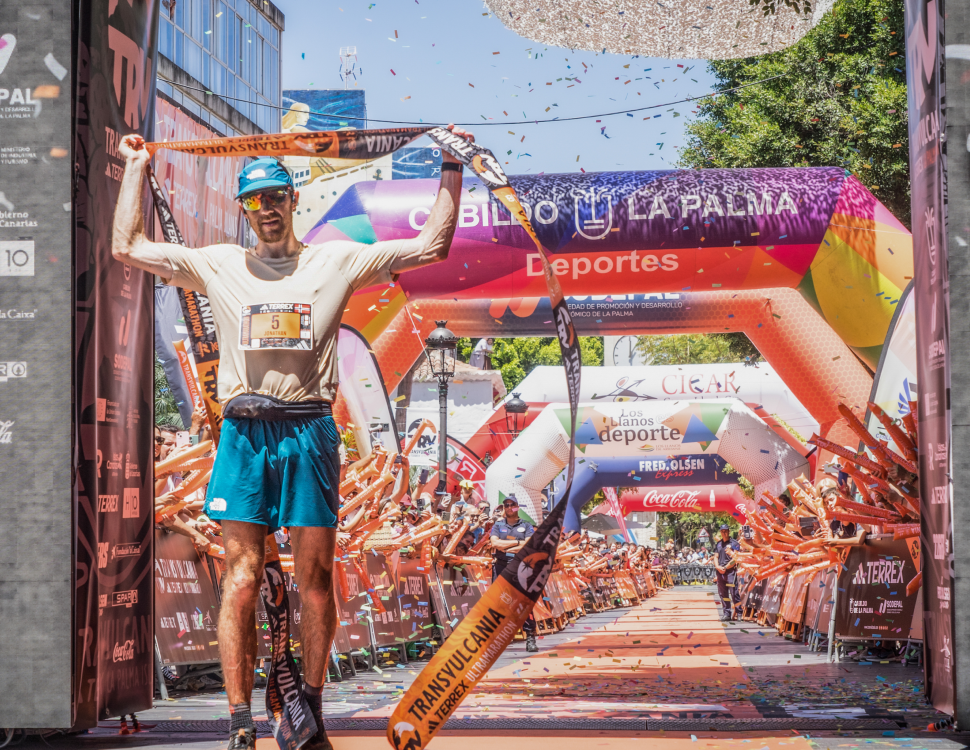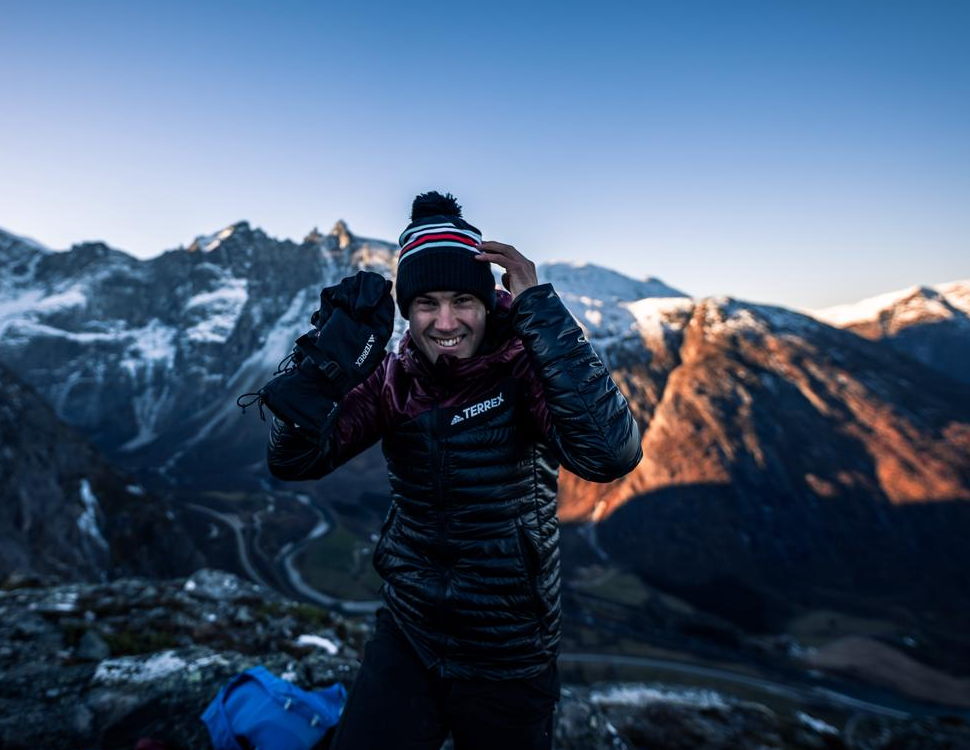For athletes who train year-round, the winter months provide an opportunity to reset, focus on recovery, and strategize when spring and summer racing pick back up. From a practical perspective, training in cold, snowy weather for those who live in colder climates isn't always feasible. Just ask Kilian Jornet, who lives and trains in the picturesque Romsdalen mountains of Norway. From November to April, Kilian takes a break from high mileage to focus primarily on ski mountaineering (aka SkiMo), with some added ice climbing and indoor training.
These months of active recovery are critical for Kilian, who normally spends 15+ hours a week running, ascending and descending mountainous terrain during the warmer seasons. Taking time off his feet to cross-train doing something he loves allows him to reset both physically and mentally.
COROS spoke with Kilian to learn about his mindset behind cross-training and discuss his training data between seasons. Read below to see how you can benefit from cross-training while maintaining strength and fitness.
1. Reduce Load On The Body For Improved Recovery
Running is a high-impact sport that stresses the skeletal and muscular systems. Lower impact sports, such as cycling, skiing, and swimming allow you to build your aerobic base without as much stress on the body. During the winter months, Kilian will spend 5 or 6 hours skiing per day. He ends up doing a lot more vertical during the winter than in the summer, because he's outside for longer.
It's much easier to go longer on skis at zone 2 than running. You don't have the mechanical impact that running has, but you still have the benefits of endurance training. With running, it's hard to do these loads of volume day in and day out.
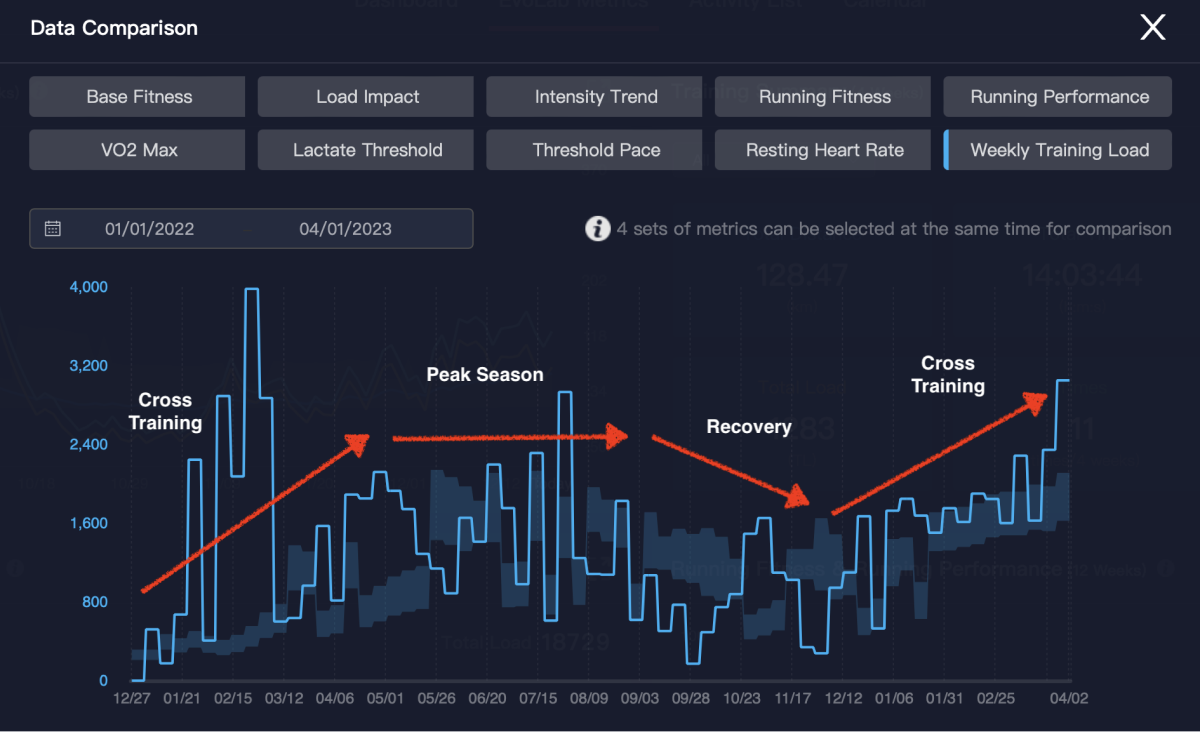
Kilian's weekly training load over the course of several months where we can notice a gradual increase during the off-season to eventually reach a plateau during peak season.
COROS Education: Training Load is affected by volume and intensity. While Kilian focuses on intensity during peak season, he emphasizes on volume during the off season, allowing him to keep building fitness for the upcoming racing season.
Kilian also uses HRV on his COROS APEX 2 Pro to monitor recovery throughout the year. "It's very easy now with the APEX. I'm using that for recovery to see my training every week, to see if I'm adapting well." Monitoring HRV trends over time allows Kilian to see if he's adapting well to the increased volume of aerobic work when cross-training, and as he makes a transition back to running in the spring.
2. Increase Aerobic Capacity
A huge benefit of cross-training is that you exercise for a much longer time with a much lower risk of injury. In the spring and summer, Kilian will typically spend 15 hours per week training on feet, while he can spend 25-30 hours per week on skiis during the winter. According to Kilian, if you don't have any big races on the horizon, it's better to focus on building your aerobic base with lower intensity workouts. If you're doing high-intensity running workouts and reaching your peak months in advance of an important race, it's not going to help you with long-term adaptations.
You need to be doing high-intensity work 6-10 weeks closer to your races for peak performance. Working on lower intensity in the winter, it's great to work on fat metabolism and lactate management.
While some athletes choose to have a steady training load year-round if they don't take time off from running, Kilian prefers to use the winter months to increase his aerobic capacity primarily through SkiMo and indoor cycling.
You will never be able to do the metabolic work that you can do on the bike or skiis because it will be too hard mechanically for the muscle fascia. The metabolism doesn't know if you're running or rowing or skiing. If your goal is fat oxidation, for example, you don't need to be doing specific training.
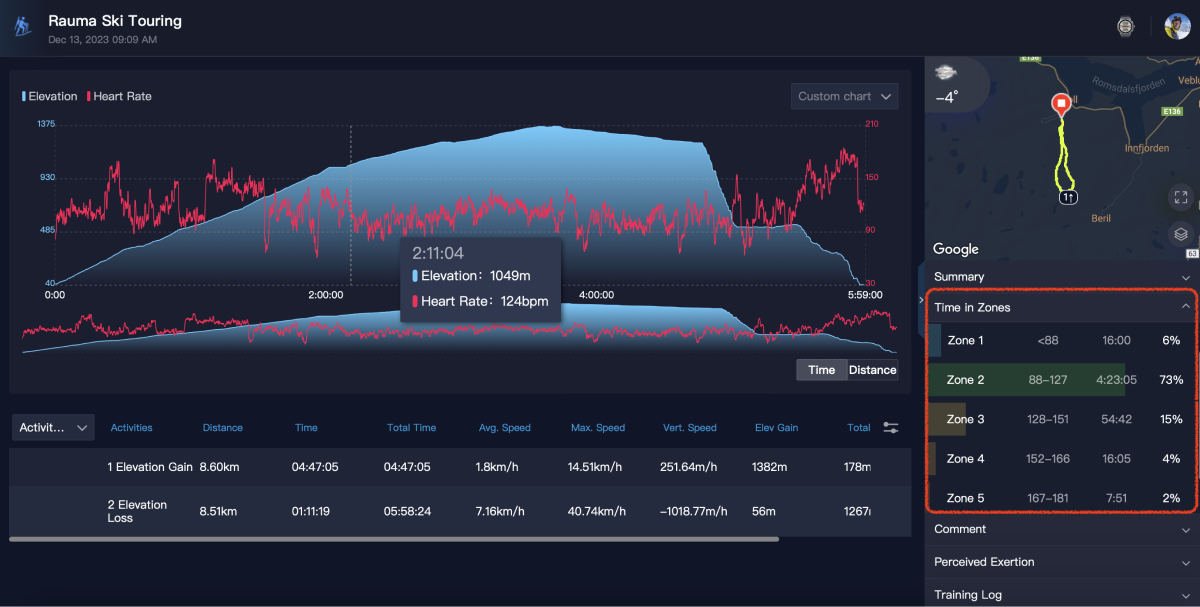
Kilian's SkiMo activities in COROS are primarily in Zone 2, the Aerobic Endurance Zone. This is a moderate training zone that pushes your endurance, but you can maintain this effort for a longer distance and learn to control your rhythm.
The COROS app allows you to track your 6 Heart Rate Zones for each activity you do (see Kilian's "Time in Zones" above). When cross-training for a long time to build aerobic endurance, you want to stay mostly in Zone 2. You may spend some time in Zone 1 as you warm up or coast downhill, for instance, and some time in Zone 3 if you're working a bit harder on hilly climbs.
- Heart Rate Zone 1: Recovery. This range corresponds to low exercise intensity. It is suitable for active recovery during intervals, for example.
- Heart Rate Zone 2: Aerobic Endurance. You're able to maintain conversation. It is suitable for basic cardiopulmonary function training, which mainly exercises basic aerobic capacity.
- Heart Rate Zone 3: Aerobic Power. You tend to take more deep breaths and it's getting hard to maintain conversations. It is suitable for marathon endurance training and improves the ability to control the rhythm in races.
- Heart Rate Zone 4: Threshold. You'll be breathing faster, and this zone mainly strengthens the ability to remove lactic acid in your body to increase threshold pace.
- Heart Rate Zone 5: Anaerobic Endurance. Suitable for high-intensity interval training, which mainly improves VO2 Max level.
- Heart Rate Zone 6: Anaerobic Power. Suitable for anaerobic training, which improves anaerobic capacity and muscular endurance.
It's important to note that exercising in low-intensity zones (zones 1-2-3), while improving your aerobic capacity, will eventually decrease your ability to move fast and be powerful since those skills require high-intensity training to be kept at a high level. By building a strong aerobic base and increasing muscular strength, you can be prepared to take on more higher intensity work in the spring and summer.
You won't have that speed or freshness. At the end of winter you feel very strong, but you lack freshness and speed. But you have a lot of endurance and strength in the muscles.
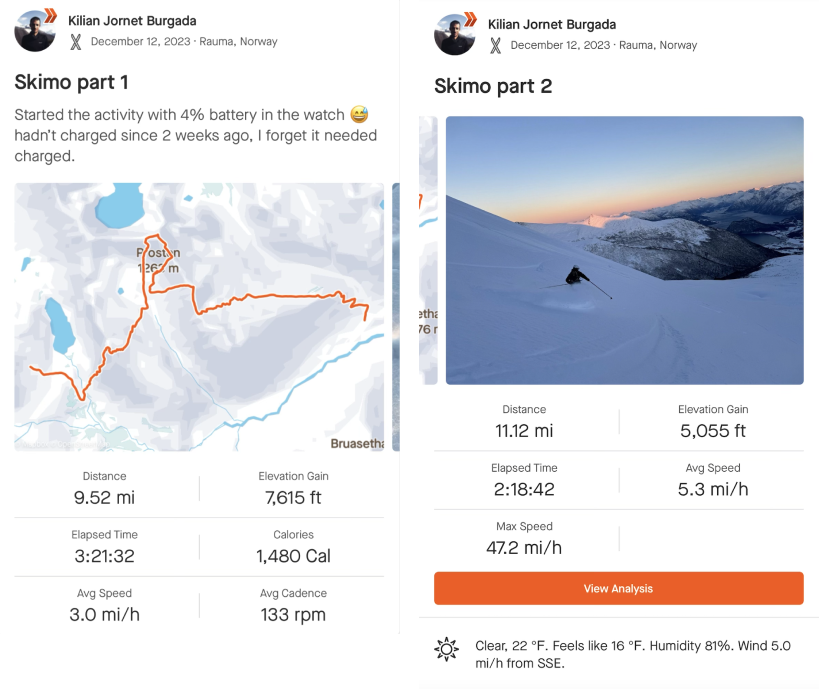
Kilian logs his cross-training activities on Strava, which he tracks with his COROS APEX 2 Pro. His SkiMo activities are primarily in heart rate zones 1 and 2, which allow him to increase his aerobic capacity.
3. Improve Muscular Strength to Prepare For Upcoming Running Season
For ultrarunners and mountain runners like Kilian, downhill speed and strength are extremely important. Downhill running works the quads and calves at a more intense eccentric motion compared to running on flat terrain. Cross-training via mountain biking and skiing downhill helps Kilian strenghten his quads without the need of running. When he returns to running in the spring, his legs are used to the heavy eccentric loads, without the added impact to the muscle fascia and bones.
"The muscle memory from running is there when you return," he explains.
4. Injury Prevention For A Longer Career
When cross-training, the mechanical load is so much different compared to being on your feet. For Kilian, his decision to take several months off from purely running is not only about short-term recovery, but the long-term benefits, so he can keep doing what he loves for as long as he can.
Unfortunately, this summer of 2023 Kilian struggled with injury, which included the beginning of a stress fracture in his sacrum and growing hip pain. As a result, he had to withdraw from UTMB and focus on recovery until the pain subsided. During his recovery, he returned to cross-training and was able to prepare for a new project: stringing together 177 peaks over 3,000m in 8 days.
"In the summer you want to do bigger loads, but you need to be careful. In the summer you need to fine-tune recovery more," says Kilian. "In the winter, you don't need to worry about it as much." Going into next summer, Kilian explains that he'll be fresh and fully recovered, and ready to put more stress on his body that he otherwise might not be able to if he continued training through the winter.

Kilian's Base Fitness fluctuates between peak- and off-seasons over the years due to the low and high load that the sports demand, which allows him to recover and put additional stress to his body come peak season.
COROS Education: Base Fitness refers to the chronic load from your past 6 weeks of training. A decrease in Base Fitness during your off-season is recommended to ensure you are well recovered before building back up during peak season.
5. Adapting to Natural Patterns in Climate and Weather
For Kilian, running has always been about exploring the mountains and connecting with nature. Following the patterns of the seasons allows him to adapt to the natural rhythms his surroundings. From a practical perspective, Norway only gets 5 or 6 hours of sunlight during the darkest winter months.
Where we live, we adapt to those rhythms. I look forward to skiing, and I look forward to the snow melting. I've been doing that for 20 years. It gives me extra motivation to come back and attack the running season. For me it's always about adapting to the conditions. If I want to run in the winter, I need to find a place where it's not snowing and I can do that. It can feel very unnatural. So I think mentally it just doesn't feel as good compared to adapting to what [the climate] offers.
6. Take A Mental Break, So You Can Return With Confidence
One of the most important parts of competing is having the motivation and confidence to show up. Without the mental fortitude, it's much harder to commit to serious training. When Kilian is racing in the summer, his focus is entirely on training and making sure he does everything possible to be the very best. Big running training weeks can be exhausting, but when Kilian allows himself to take a mental break during the winter, he feels much more tapped in once spring rolls around.
If you are in a positive mood, you will get positive adaptations. If you are in a bad mood, you may not get the adaptation. So the mental aspect, it's very important. In the down season you need to put in the hours and the volume, but it's not as important to be strict with the plan.
Kilian Jornet's COROS Training Data Between Seasons
Depending on the season, Kilian will focus on different metrics to monitor his fitness. During the winter months, he's tracking volume and hours spent cross-training. He's increasing the total vertical he gets during cross-training, while maintaining a lower average heart rate. While Kilian focuses on RPE (Rate of Perceived Exertion) during high-intensity workouts, longer duration sessions are spent focusing on technique and breathing strategy.
Therefore, a typical week of training for Kilian during the winter includes high volume and low intensity. Both of those variables make up for his weekly training load, where Kilian focuses on increasing progressively over the off-season. This slow process allows him to prevent injury when it is time to incorporate the high mechanical load of running.
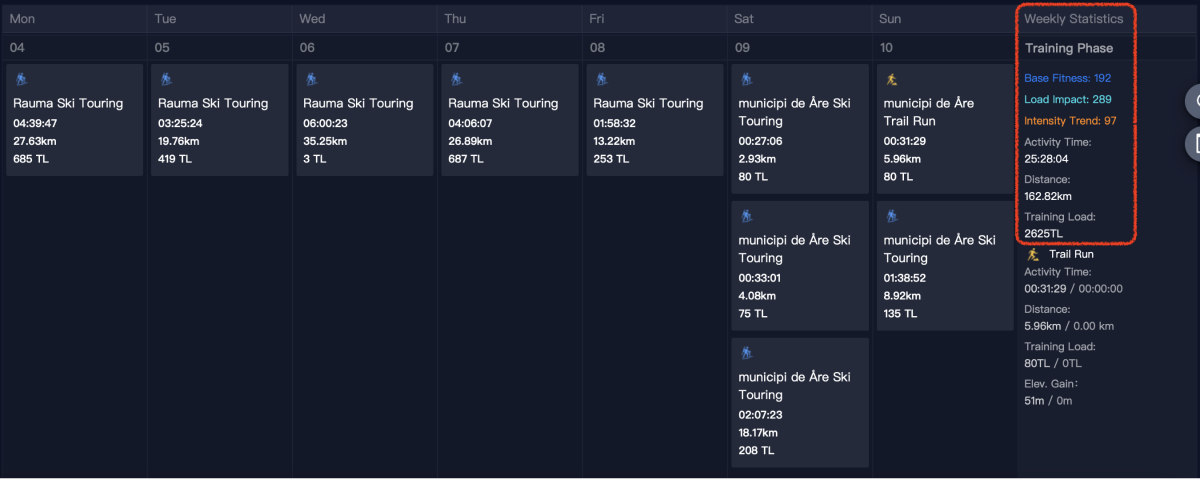
An example of a typical week of training for Kilian during the winter.
During the summer, Kilian has built a strong foundation over the winter and his body is ready for the mechanical load of running. In preparation for races, he starts incorporating higher-intensity (zones 4-5-6) sessions with overall shorter durations, since specific skills like speed and power can be improved in a relatively fast timeframe (6-10 weeks).
A typical week of training for Kilian during the summer now includes lower volume and higher intensity compared to winter months as seen below. Those variables now lead to a lower weekly training load since he accounts for the additional mechanical load of the sport.
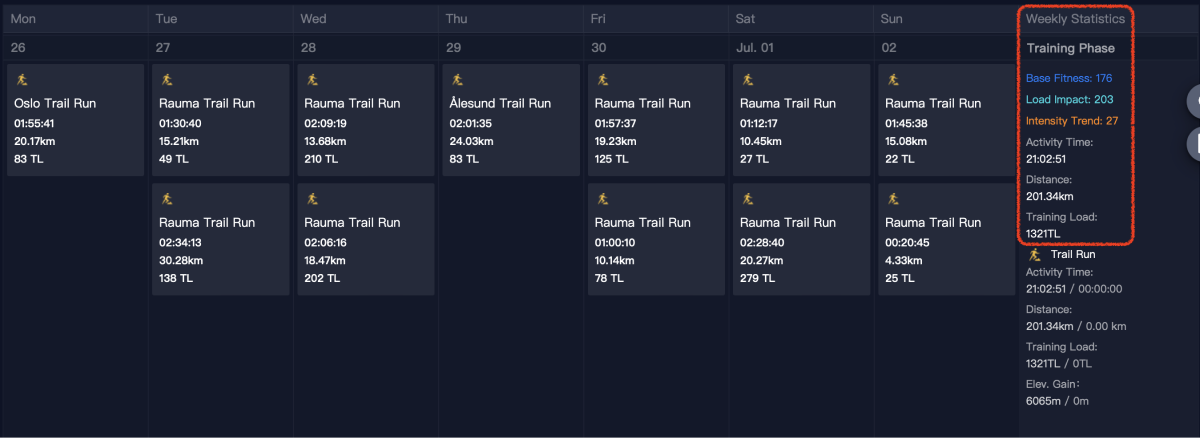
An example of a typical week of training for Kilian during the summer.
Coming Back Strong in the Spring
Kilian is happy to be healthy and strong as he cross-trains in Norway during the winter months. He's excited to come back fresh in the spring, so he can be ready for racing. His goal is to make a return to UTMB, since he missed out in 2023 due to injury. We can't wait to see what Kilian has planned for 2024, and we're looking forward to share his training data and training insights leading up to some of his biggest performances.
For more, follow Kilian's SkiMo and ice climbing adventures on Strava and on Instagram.
/fit-in/0x18/coros-v2/images/common/logo_black.png)
